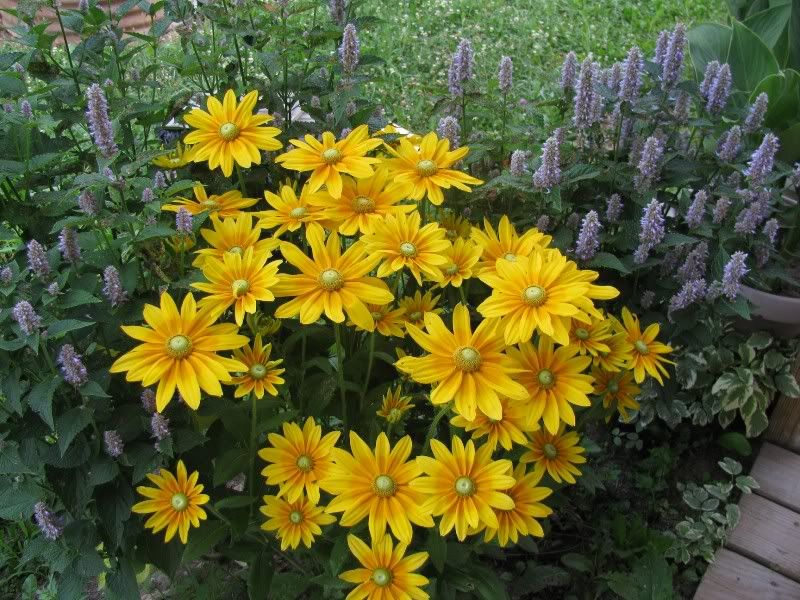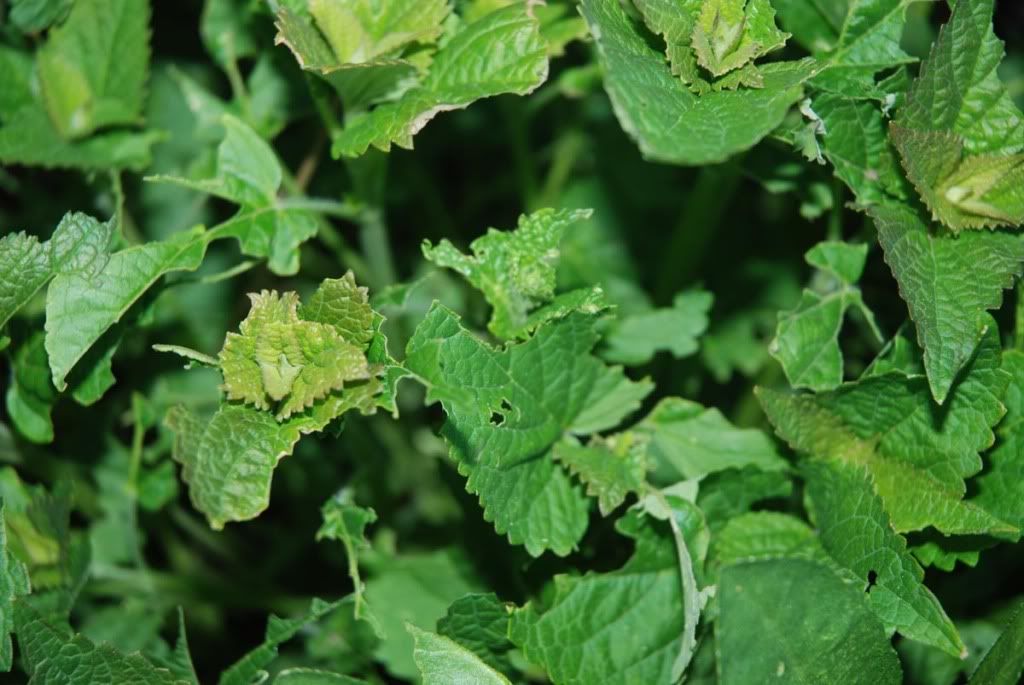Agastache has many species that have several things in common, and they are really beautiful, this herb attract hummingbirds, and sphinox moths which are pollinators, they taste real good, and they are a good digestive herb.
Agastache has a personality of perennial herbaceous that grows real well in zones 5 -9. It will grow from 1 to 3 feet tall.
Agastache's bloom traits are spikes of real bright flowers in the different shades of orange, pink, and purple and the blooms will show midsummer through late fall.
They are sun-tolerant and they prefer open areas. They will grow nicely at lower mountain elevations. Common species are Sunset hyssop, double bubblegum mint, and Coronado mint
Propagation/ Maintenance
Most of the agastache's species are easy to grow from seed. The seeds need to be sow in late winter inside a greenhouse, or the seeds need to be direct sow in the garden in late fall for spring emergence. The germination is 40 - 75 percent depending on the species, in two to three weeks. Anastassia grows in clumps and they should be spaced 12 to 15 inches apart. They use low to moderate water for them to grow and produce.
Agastache likes full sun and they will grow good in poor soils such as gravel, clay, and sand.
Agastache likes to grow in a community with lavenders, winter savory, and southern wood.
When it is time to harvest the agastache, the upper third of the plant, especially when it is flowering , by using a pair of scissors or snips.
Culinary Use
The leaves and flowers are the parts of the plants that are used in the culinary use. The leaves and the flowers range from minty root beer and licorice mint to the taste and its smells like bubblegum. The leaves and the flowers are made into cream cheese spreads, herbal honey, or they can be sprinkled into fruit salad and put it over ice cream.
The medicinal benefits of the agastaches are they support digestion and also lower fevers. A tea made from these plants can be made into a tea for a sore throat gargle.
The parts that you can use are the aerial parts, with flowers or without flowers, either fresh or dried.
The home pharmacy uses of the agastache are infusion, syrup, traditional tincture, elixir, honey and bath herb.
Edible flowers of this herb are used in many different ways, such as, add the colored flowers to pasta salad or fruit salad for a zippy taste, add to cream cheese spreads or herb butter, or put in a pitcher of lemonade. The flowers can be used for cake decorations.



